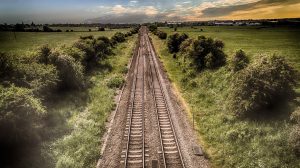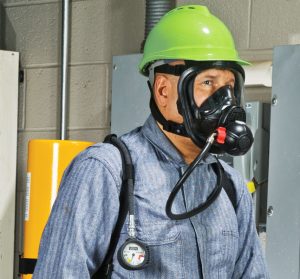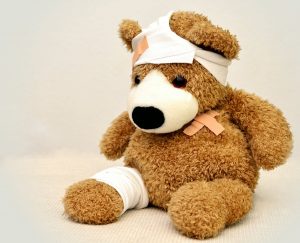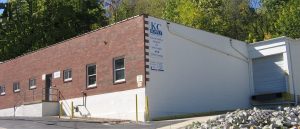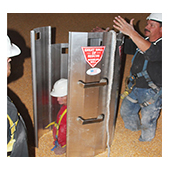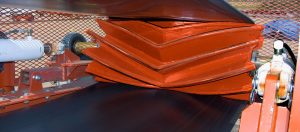Housekeeping isn’t much fun, but it’s critical in a grain and feed facility.
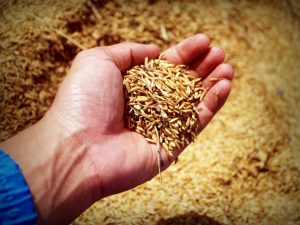
OSHA regulates housekeeping activities to prevent dust explosions that can be fatal or cause critical injuries. Following housekeeping rules keeps your employees safe, ensures product safety and protects you from getting hit with fines and citations. For detailed information, check out OSHA’s housekeeping rules in the Grain Handling Standard (29CFR 1910.272).
In the meantime, here are five grain and feed facility housekeeping tips from Feed & Grain magazine:
- Create, write down and implement a housekeeping plan: If you don’t have one already, create and establish a program for grain and feed facility housekeeping. Be ready to present your written plan to an OSHA inspector, if necessary. It should specify areas inside to be cleaned, frequency of cleanings and cleaning methods.
- Follow the ⅛-inch rule: Immediately remove grain dust accumulations that exceed ⅛ inch in priority housekeeping areas. If your housekeeping plan includes precautions, this step is less important. Precautions include treating the grain stream with oil additives to prevent combustibility or wetting down areas of dust accumulations with a water- or oil-based solution.
- Prioritize cleaning areas: In certain areas of a facility, violations are more serious. So dust in one area may not be as serious as dust in another. For example, immediately remove grain dust accumulations exceeding ⅛ inch from: any place within a 35-foot radius of an inside bucket elevator, including walls, overhead, equipment and walking surfaces; floors of enclosed areas containing grinding equipment; and floors of enclosed areas containing indoor grain dryers.
- Turn off ignition sources: When cleaning dust, make sure ignition sources are turned off. Use only compressed air to blow dust from ledges, walls and other areas during downtime to reduce the risk of fire.
- Clean up spills: Product spills aren’t as critical as dust accumulations, but inspectors do take notice. Train all staff to take action when spills happen. Clean up spills quickly with a portable vacuum. Keep ingredient and product tubs close by to prevent spills.
For more information on grain and feed facility housekeeping, visit www.kcsupply.com or call 1.800.KCSUPPLY. KC Supply can answer any questions you may have about OSHA requirements regarding grain and feed facility housekeeping. Call us today to find out more.



